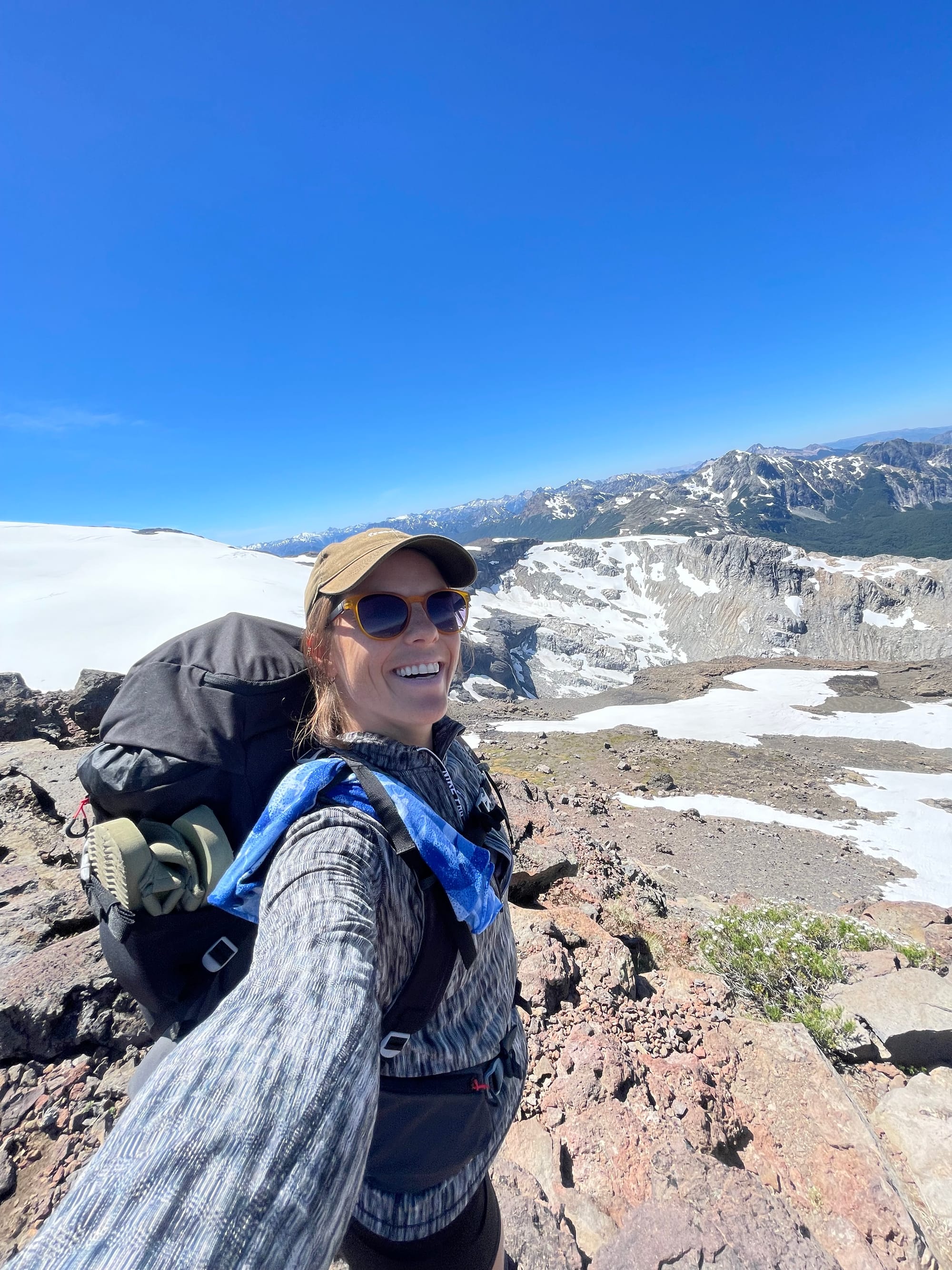Best eSIMs for Thailand

When I landed in Bali without an eSIM, I spent hours chasing down a physical SIM before a big meeting... Total mess.
So for Thailand, I came prepared. I used the Holafly app, bought and set up an eSIM in advance, and got connected the second I landed. So much easier.
I've used Holafly before and loved it, but this time I wanted to test a few others among the best eSIM providers out there.
Here’s a quick breakdown of the best eSIMs for Thailand: what I liked, what I didn’t, and what to know before you buy, so you can get online right away in the Land of Smiles.
Best eSIMs for Thailand: Quick List
- Holafly: Best Overall
- Airalo: Best Budget
- Nomad: Best for Flexibility
- Saily: Best for Privacy
- Jetpac: Best for Perks
If you're in a rush, here’s the quick answer: Holafly and Airalo are our top picks. Both offer unlimited data, are extremely easy to set up, and provide great value for money.
That said, everyone’s needs are a bit different. So, here’s a quick breakdown of the best eSIMs for Thailand and what to expect from each:
| Provider | Data Allowance | Validity | Price Range (USD) | Network |
|---|---|---|---|---|
| Holafly | Unlimited | Up to 90 days | $1.99 - $139.90 | AIS or True |
| Airalo | 1GB-20GB, unlimited | 7 days, 15 days, 30 days | $4.00 - $35.00 | AIS/TOT |
| Nomad | 1GB-50GB, unlimited | 7 days, 30 days | $5.00 - $33.00 | AIS and dtac |
| Saily | 1GB-20GB, unlimited | 7 days, 15 days, 30 days | $2.99 - $71.99 | True |
| Jetpac | 1GB-50GB, unlimited | 4 days, 30 days | $1.00 - $49.99 | Likely AIS/True/dtac |
Holafly: Best Overall
If I had to pick just one eSIM for Thailand, it’d be Holafly. It’s the one I used on my most recent trip as a digital nomad, and it worked flawlessly from the moment I landed.
You get unlimited data, solid speeds, and setup is basically effortless. Just scan a QR code, and you’re connected in seconds.
I didn’t need their 24/7 support this time around, but on past trips, they’ve always been quick to reply, usually within minutes. That kind of support is a big win when you’re on the road.
A 1-week plan costs $29.90, with better value if you’re staying longer (for example, the 30-day plan comes out to around $2.50/day).
Just a heads-up: speeds might slow down after 90GB/month, and hotspot use is capped at 500MB/day. Still decent for everyday usage, but not ideal for heavy tethering.
Airalo: Best Budget
Airalo is one of those eSIMs we keep coming back to, mostly because it’s one of the most affordable options out there without sacrificing ease of use.
You can grab a plan for as little as $4.00 for a week of data, which is kind of wild. For longer trips, I usually go for one of their bigger plans (50GB for $35) and it’s always worked well for me. The speeds hold up well, and setup through the app is super easy. Just a few taps and you’re connected.
What I like most is that you can choose between limited and unlimited data, depending on what you need. If you're just trying to stay online without spending a ton, it's perfect.
That said, if you're planning to scroll Instagram all day or upload videos, be careful with the unlimited plan. Speeds slow down after about 3GB per day, which can be annoying if you’re used to faster connections as a remote worker.
Nomad: Best for Flexibility
Nomad is a great option if you’re heading to Thailand for just a week or two. Their short-term plans start at $5 for 1GB (valid for 7 days), and give you just enough data for things like maps, video calls, and browsing, without overpaying for what you don’t need.
One thing I love about Nomad is the flexibility. You can pause your plan and restart it when you're back on the road. It’s truly built for travelers who don’t want to overthink their mobile setup.
The app is clean, simple, and gets you set up in just a few taps. Just note that customer support is ticket-based, and response times can be slower than other providers, so it’s better to sort out any issues before you land.
Saily: Best for Privacy
Most travelers pick an eSIM for convenience. Saily gives you that and a serious layer of online privacy as it was created by the same team behind NordVPN.
With built-in features like ad blocking, malicious site filtering, and virtual location masking, Saily is designed for travelers who want to stay secure while using dodgy public Wi-Fi in cafés, airports. It’s all baked into the plan.
Thailand-specific plans start at $2.99 for 1GB, with larger options like 10GB for $8.99, and unlimited data plans that are cheaper than Holafly but still come with great speeds. It’s a good balance between affordability and peace of mind.
Setup is super smooth and their 24/7 live chat support actually responds within minutes (which is rare with eSIMs). You can also install the eSIM ahead of your trip and activate it when you land.
Keep in mind, it’s data-only, so no local number or SMS. But for travelers who care about security as much as staying connected, Saily stands out in a crowded field.
Jetpac: Best for Perks
Jetpac feels more like a travel upgrade than just an eSIM. The data plans are solid, sure, but what really makes Jetpac stand out are the perks that come with it.
One of the best features is SmartDelay. If your flight is delayed by an hour or more, you (and up to five travel buddies) get free airport lounge access. They also offer Fast Track passes to get you through airport security quicker, and you can add lounge access directly from the app if your flight isn’t delayed.
On the pricing side, it’s pretty competitive. You can get 1GB for around $1. They also throw in extras like a 30-day ExpressVPN trial, which is nice if you're security-conscious. Data pakcs are capped at 30 days of validity, though.
Customer support can be a bit slow, which is probably the only real downside I’ve noticed. But if you're someone who flies a lot and likes to make travel a little more comfortable, Jetpac’s extras definitely make it worth checking out.
My Personal Experience Using eSIMs vs Physical SIMs in Thailand
After trying both, I honestly just prefer eSIMs in Thailand. They're way more convenient, especially when you're hotspotting for your laptop or jumping between places.
Yeah, you can get a physical SIM at literally any 7-Eleven. I did that too. But it ended up being a bit of a time-waster. I had to top up credit, mess with settings, and switch SIM profiles manually. Not the end of the world, but not super smooth either.
With the eSIM, I was connected the second I landed, which saved me immediately when I had to fill out a immigration form.
I ran a bunch of speed tests in different spots (airports, cafes, even rural areas), and honestly, eSIMs and physical SIMs performed pretty similarly. If anything, eSIMs like Holafly and Airalo were a bit more stable in the cities and airports.
| Location | Provider | Type | Download Speed | Upload Speed |
|---|---|---|---|---|
| Bangkok Airport | Holafly (eSIM) | eSIM | 58 Mbps | 21 Mbps |
| Bangkok Airport | AIS Tourist SIM | Physical SIM | 57 Mbps | 20 Mbps |
| Chiang Mai Café | Nomad (eSIM) | eSIM | 43 Mbps | 18 Mbps |
| Chiang Mai Café | dtac SIM | Physical SIM | 41 Mbps | 17 Mbps |
| Rural Kanchanaburi | Jetpac (eSIM) | eSIM | 32 Mbps | 10 Mbps |
| Rural Kanchanaburi | TrueMove H SIM | Physical SIM | 30 Mbps | 9 Mbps |
Physical SIMs are still a bit cheaper if you're staying a while or using tons of data. But for me, the ease of not having to deal with setup or switching SIM cards makes eSIMs 100% worth it.
Ready to Get Connected in Thailand?

Join our global
digital nomad community
Join us for free
Freaking Nomads is supported by you. Clicking through our links may earn us a small affiliate commission, and that's what allows us to keep producing free, helpful content. Learn more





 Travel tips, hacks, and news
Travel tips, hacks, and news Exclusive travel discounts
Exclusive travel discounts Offers and promotions
Offers and promotions Digital nomad inspiration
Digital nomad inspiration Latest articles form our blog
Latest articles form our blog